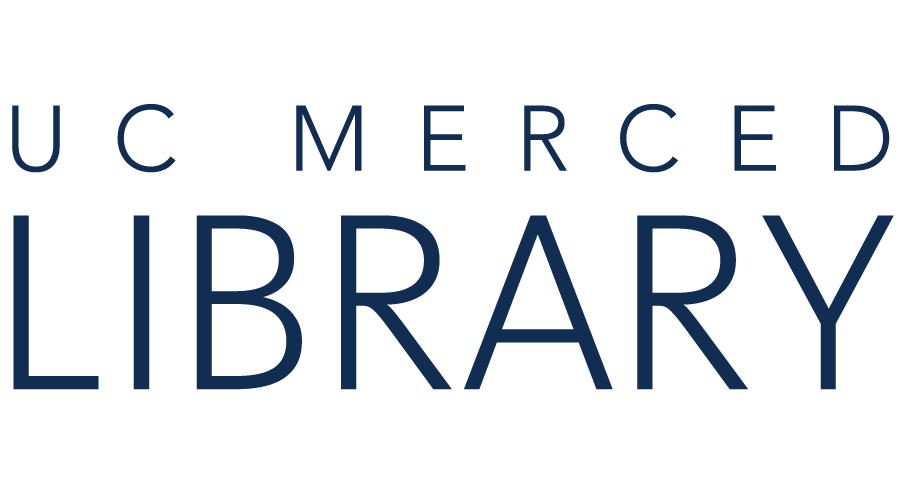Start with our Chatbot. If it can't help, you'll have the option to be connected with a Librarian.

Finding information requires a lot of skills that you may not be aware that you have or that you are developing.
 Review the information in Step 4 to learn about evaluating what you find. Check out information in Step 5 about Citation Trails to learn how to discover additional citations to relevant works to help you answer your research question.
Review the information in Step 4 to learn about evaluating what you find. Check out information in Step 5 about Citation Trails to learn how to discover additional citations to relevant works to help you answer your research question.
If you want to review search strategies, this video covers three which you can apply in your database searches. (3:04).
You can use these basic search techniques with almost any search interface -- from library catalogs, to search engines, to library databases!
Boolean Operators are also sometimes called Logical Operators and they perform specific functions to your search. Not all databases require the use of AND and OR in capital letters, but we recommend that you use them in all caps as a habit.

Use AND in between different concepts to ensure these different concepts appear together in your search results. The Venn diagram to the right represents the idea of the search results occurring ONLY in the narrow place where the two concepts overlap.

If you're not sure what is the best keyword to use, you can include multiple keywords connected with OR to search them all. OR means that at least one of these keywords will show up in your search. The graphic to the right implies that any of these concepts (or all of them) can be included in your search results.

The NOT operator will exclude something from your search.
Depending on the database, you may have a single search box or you may have an advanced search screen with multiple boxes. You can use the logical operators AND, OR, and NOT in either situation. In a single box, you can use parentheses () to isolate your terms, but if you have multiple boxes, you do not need to use parentheses.
Here is an example of a search in each scenario using either parentheses or individual boxes to isolate the similar concepts like cow, cattle, and livestock.


These searches using AND and OR regardless of whether you use a single box with () or multiple boxes, should produce the same results in this database. Follow this permalink to see this search's results in the database.

Put quotation marks around a known phrase to search for an exact match. Be careful to only use quotation marks around a known phrase so that you don't accidentally miss relevant results.

Use the wildcard symbol, an asterisk (*) to find variations of the same root word.
Did you find the information you needed? Will it help you answer your research question? If not, it might be time to reach out to a Research Librarian for an appointment. 
As researchers, we should approach the evidence we find with an open mind. Research should broaden or inform our perspectives, and not confirm our own biases. If your research is just a collection of cherry-picked quotes, you may need to go back to the library catalog, UC Library Search, or the article databases to gather more information and other perspectives to consider.

Copyright @ The Regents of the University of California. All rights reserved.
